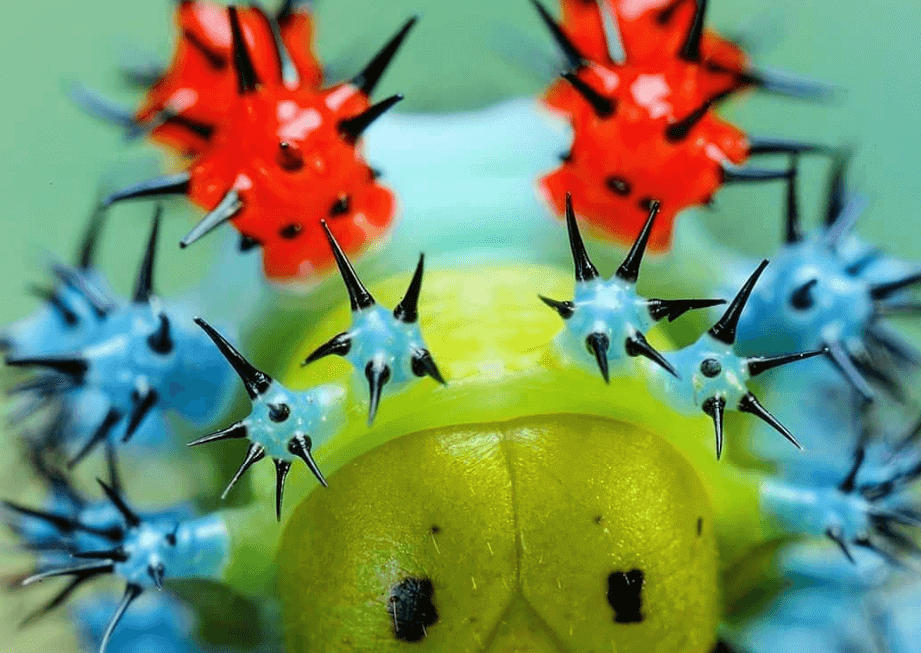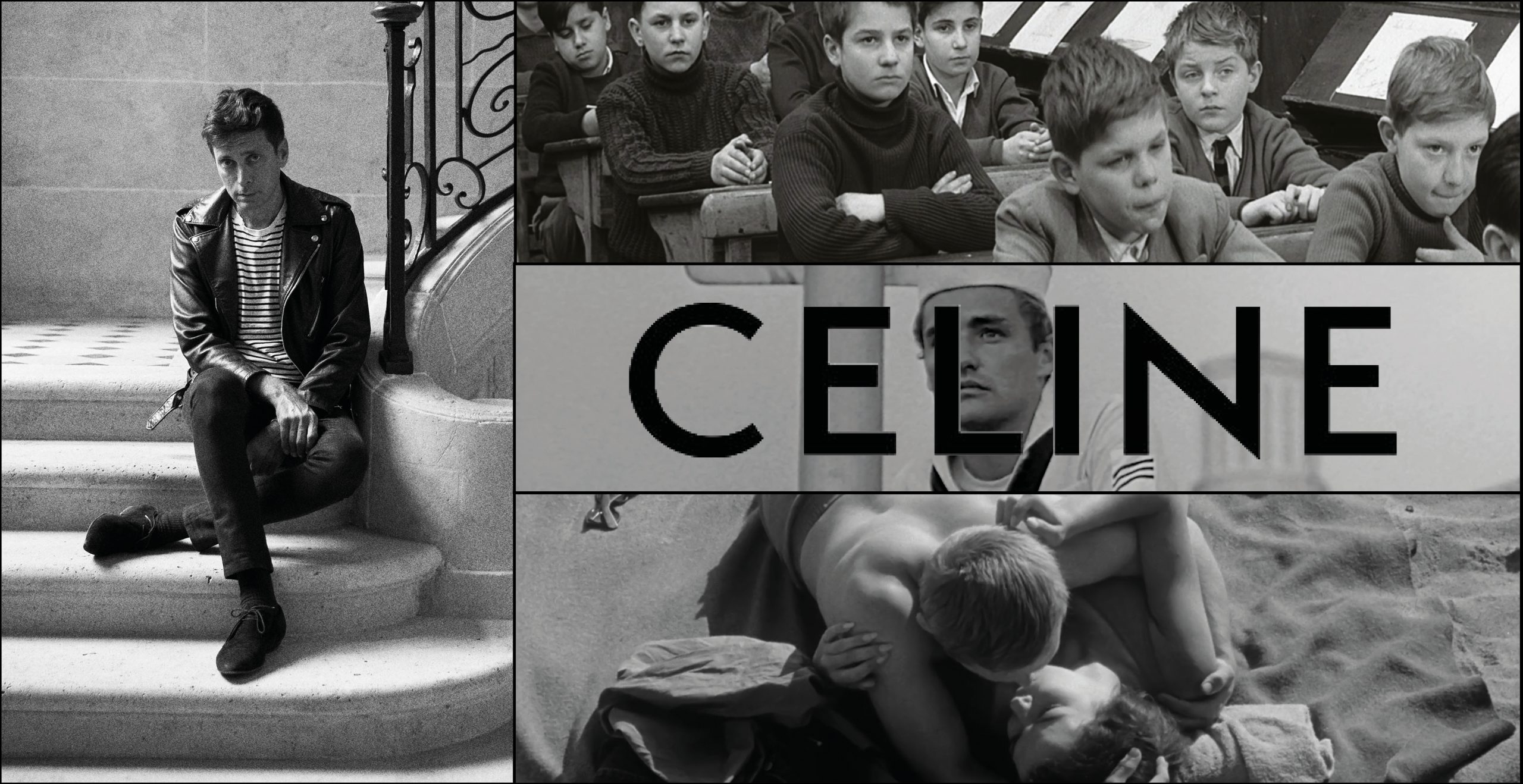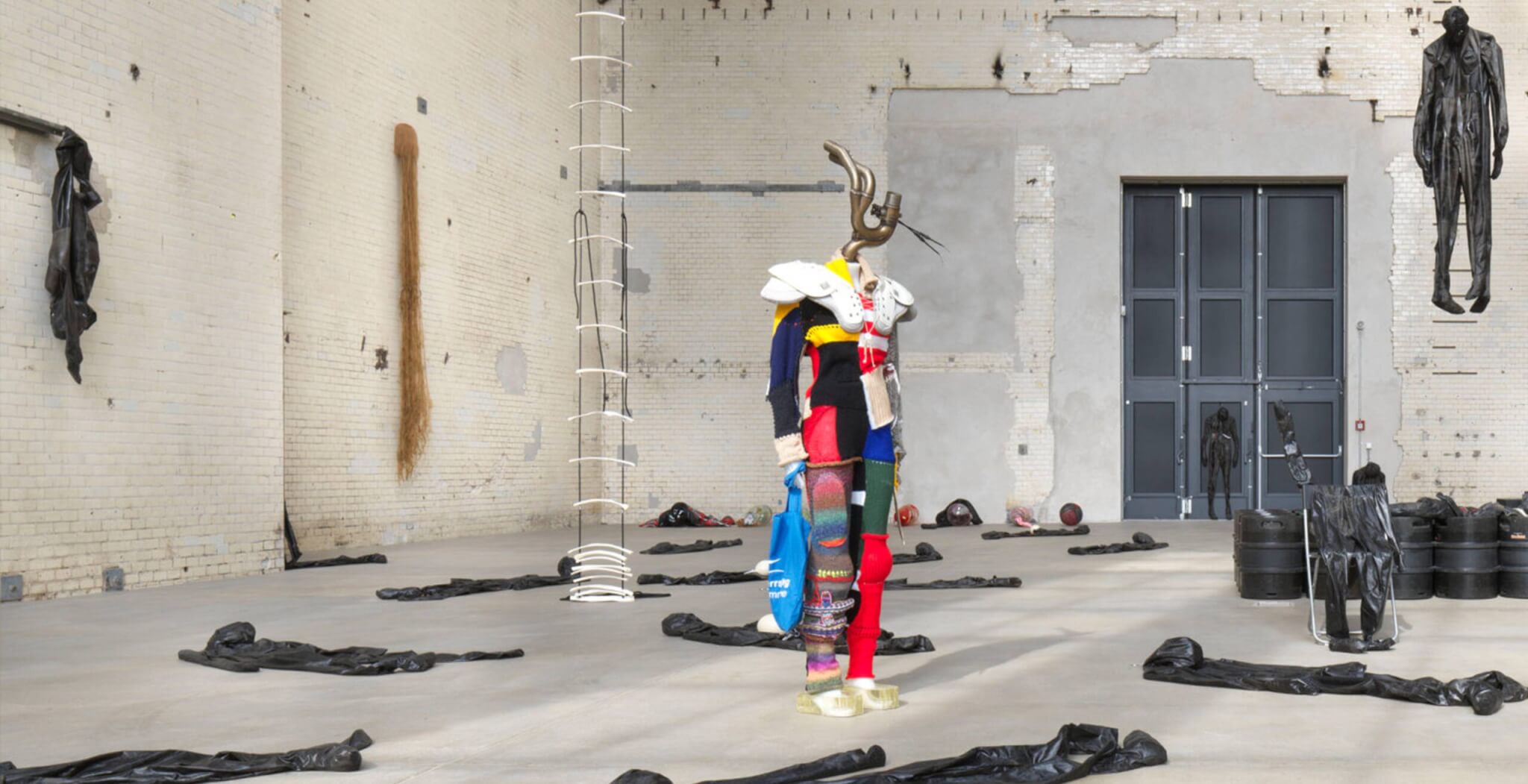In the ever-evolving realm of fashion, designers constantly seek inspiration from various sources, channeling their creativity into iconic collections that captivate the world.
Throughout history, renowned fashion houses and iconic designers have looked to the wonders of nature for their most unforgettable creations. From Thierry Mugler’s FW 98 to Givenchy’s awe-inspiring designs, and from Roberto Cavalli’s visionary creations in 20218 and even Alexander McQueen, the biggest names in the industry have embraced nature as a wellspring of inspiration.
In the ethereal world of fashion, where imagination knows no bounds, the harmonious blend of design and nature results in breathtakingly iconic collections.
But how much do we truly understand about the small creatures we coexist with on our planet?
TWO ANTENNAS
A waterproof cuticle rubbing against another. One orange dot sits on my forearm. The oval is shimmying from hair to hair. Two antennae wobble back and forth to smell. As if someone is tickling me with a pistil. I spot six legs that rush forward in a rowing motion. With a sponge-like, fleshy mouth and eyes on their genitals. Carrying ears on the belly. Tasting the air with their long feelers. The world of insects is reprogramming organs every day. 450 million years ago, the first creatures moved from sea to land. Wearing external skeletons, arthropods started to explore stones, soil, and green. Sliced gills took the first flight before dinosaurs were up in the air. Arachnids became mites on jetty scaffolding. The entomologist Karl M. Kjer looks at insects differently: “Insects did just about everything first. They were the first to form social societies, farm, and sing – just about anything you can imagine.” There are estimated to be 4 million insects yet to be discovered. We need to study the sticky footprints if we want to understand how the planet works.
There are more ants than humans existing. The mass of ants outweighs the weight of humans. But still, humans believe to know what is beneficial for the planet. In this vast world, estimated to still hold 4 million undiscovered insects, we must study their sticky footprints to truly understand nature’s design inspirations and how the planet thrives.
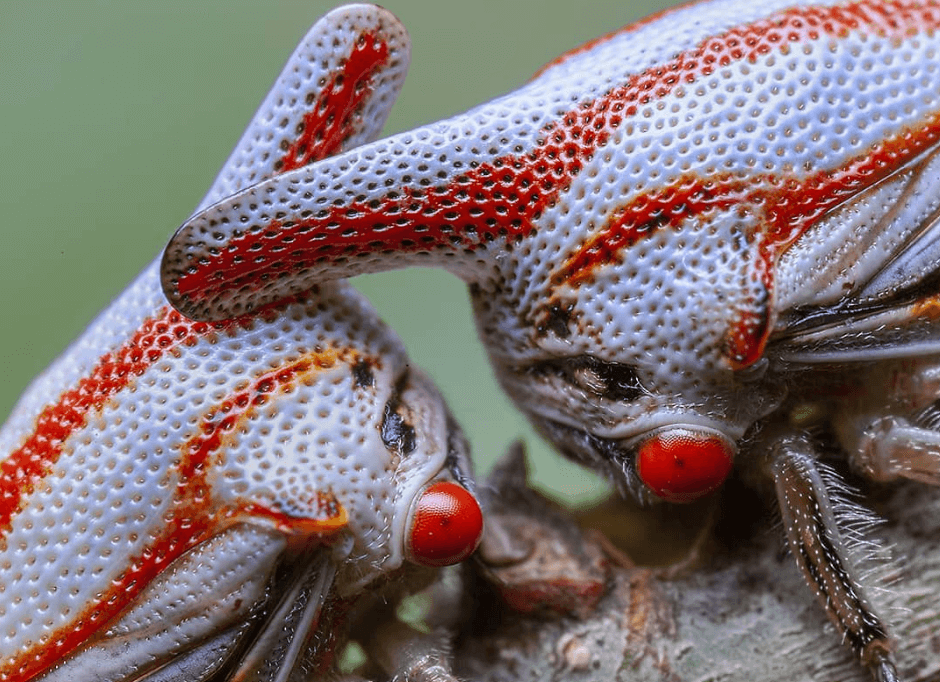
While humans may outnumber insects, these tiny fashion icons carry a weight greater than their size. . Yet, in our quest to shape the planet, we often overlook their significance. Human activities have led us further into the “Anthropocene” era, altering ecosystems and climates, and driving the most diverse group of animals towards extinction. As we pause to listen to the fading hums and buzzes that fuel the globe, we realize the urgency to protect and preserve these fragile ecosystems.
Since 1980, the biomass of insects in Germany has declined by over 72%, signaling a distressing trend for nature’s fashion ensemble. Though the most populated areas remain unmeasured, estimates suggest an even greater reduction. Instead of viewing insects as mere pests, we must seek the truth behind their intricate roles. Like a saddleback caterpillar shedding its skin, revealing a new morph suit, insects undergo metamorphosis, showcasing nature’s ability to adapt and transform. Their resilience echoes the fashion industry’s perpetual reinvention and the allure of metamorphosis on the runway.
“Insects have an armor-like body with a highly futuristic design. They are in tune with the times and this time is my realm of research.” Couture Collection F/W 97/98. Thierry Mugler’s ANIMAL UNIVERSE (Smooth and sharp, grace and strength).
– Thierry Mugler
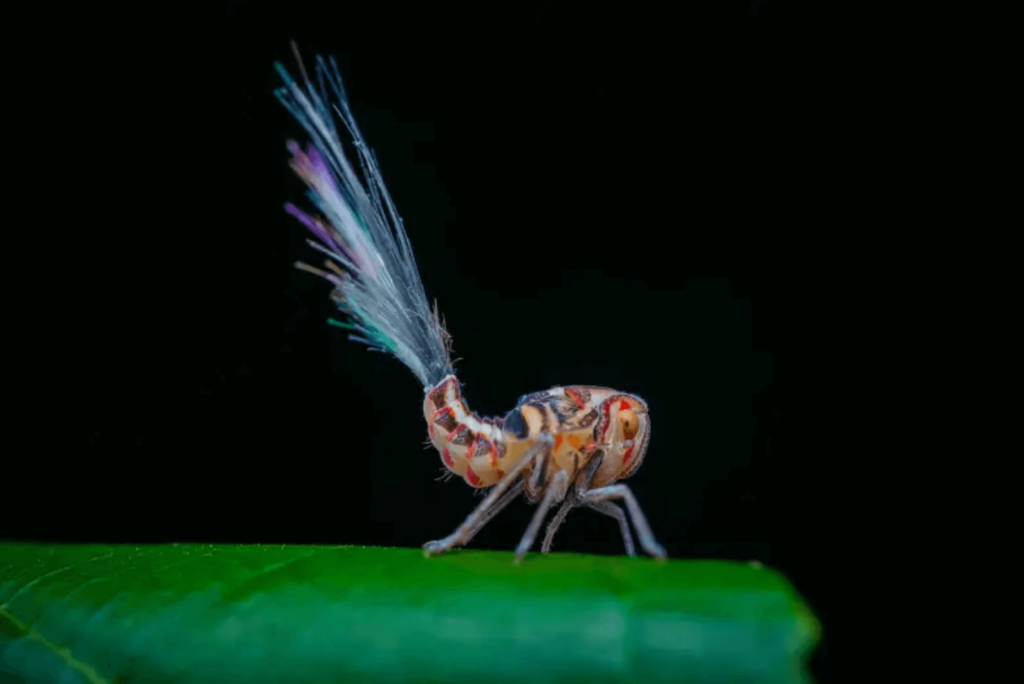
From a golden beetle changing its color using the liquid beneath its shell to butterflies landing on crocodiles to gain nutrients, every corner unveils living jewels and translucent bodies. Insects demonstrate intelligence comparable to any mammal, with intricate brains housing clusters of neurons. They build memories, feel pain, and possess taste receptors on feet and legs that detect sugar with sensitivity 10 million times greater than our tongues. Walking with their delicate claws through their meals, they wear pads called “pulvilli,” akin to fashion-forward shoes marching confidently on any surface, even ceilings, thanks to tiny adhesive hairs producing glue made of oils and sugar. These superpowers of the Earth’s scene continue to inspire awe.
Ants navigate their surroundings using polarized light patterns, a gradient of enticing odors, and the texture of the ground, akin to fashion designers drawing inspiration from diverse sources. Like a pedometer, they possess an internal system that counts their steps, ensuring they find their way home, even when seemingly spinning backward. Fascinating accounts from Madagascar and Colombia showcase moths delicately sipping tears from sleeping birds, while butterflies elegantly land on crocodiles to acquire essential nutrients, like fashionistas seeking inspiration from unexpected sources.
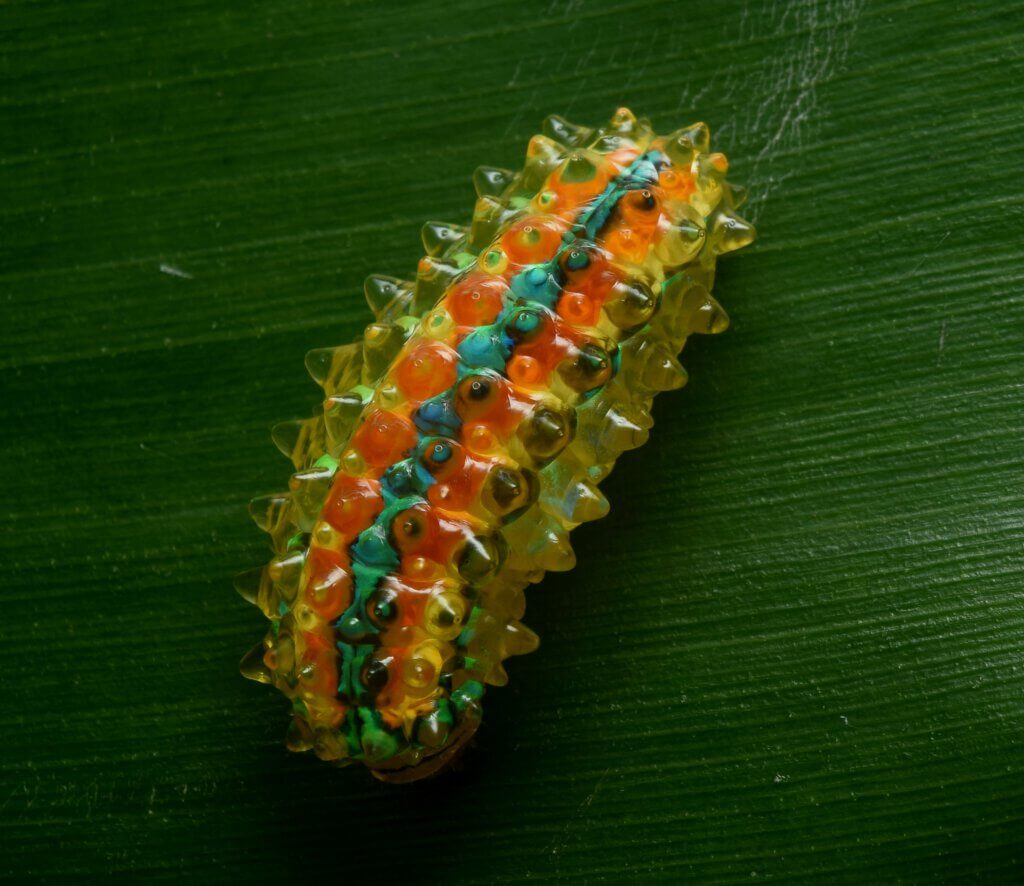
Half of all known living organisms are insects, each playing a vital role in the grand ecosystem of fashion. They are neither solely useful nor harmful; they provide the proteins that keep the flow of all our nutrients vibrant, just as designers create garments that adorn our bodies. Insects operate as a collective superorganism, akin to fashion collaborations that bring diverse talents together. They play a crucial role in pollinating crops and flowers, upon which we rely for vibrant collections of colors and textures.
While humans have mastered tools to cross oceans and interact with pixels, other insects have evolved to walk on water, defying conventional boundaries like daring fashion trailblazers. Every life form, from the smallest insect to the grandest mammal, contributes to the intricate ecosystem, reminding us of the interconnectedness of all things. We have the power to choose preservation, halting the decline of biodiversity, protecting and nurturing habitats to allow wildlife, including insects, to flourish. Let us move forward without interrupting native species with commercial breeds, envisioning a future without the need for harmful pesticides.
Whether we acknowledge it or not, humans and the planet rely on the existence of insects. We must learn to coexist, embracing the diversity and brilliance they bring to our world, to ensure a harmonious future for generations to come. Just as bees diligently work together to build a thriving hive, let us embrace the collective responsibility of preserving nature’s runway, where insects shine as the unsung fashion heroes of our planet.








